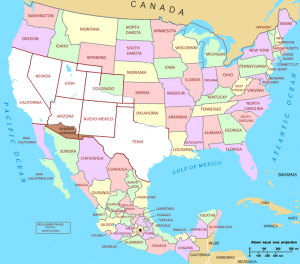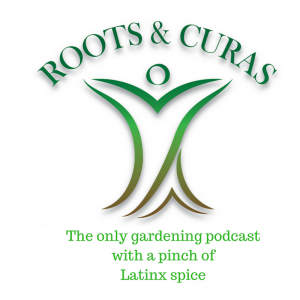LatinaLista — To most people, February 2 is the day before the biggest football match of the season. Yet, for Mexican Americans, whether they know it or not, the day marks a historical milestone — it’s when Mexican American history was born.

February 2 is the 165th anniversary of the signing of the most significant treaty between Mexico and the United States — The Treaty of Guadalupe Hidalgo.
It’s because of the treaty that many Latino families who trace their origins to Texas’ Rio Grande boundary, California, New Mexico, Arizona, Nevada, Utah, parts of Wyoming and Colorado, Kansas and Oklahoma are correct when they say that their families didn’t cross the border but the border crossed them.
For all the property, mineral rights, gold and oil that was (eventually) discovered on these lands, the US only paid Mexico $15 million. Because of the treaty, the US grew in size while Mexico lost 55 percent of its territory — 525,000 square miles.
As what usually happens with treaties between nations, details get changed before the final version is ratified and according to Wikipedia, those final details made a big difference as to how the United States folded Mexicans into the fabric of U.S. society.
Articles VIII and IX ensured safety of existing property rights of Mexican citizens living in the transferred territories. Despite assurances to the contrary, the property rights of Mexican citizens were often not honored by the U.S. in accordance with modifications to and interpretations of the Treaty.
…The treaty extended U.S. citizenship to Mexicans in the newly purchased territories, before many African Americans, Asians and Native Americans were eligible. Between 1850 and 1920, the U.S. Census counted most Mexicans as racially “white,” despite the actual mixed ancestry of most Mexicans. Nonetheless, racially tinged tensions persisted in the era following annexation, reflected in such things as the Greaser Act in California, as tens of thousands of Mexican nationals suddenly found themselves living within the borders of the United States.
Mexican communities remained segregated de facto from and also within other U.S. communities, continuing through the Mexican migration right up to the end of the 20th century throughout the Southwest
With the Latino population, mainly Mexican American, due to become the majority in California next year, it would seem that history is coming full circle and a new chapter is waiting to be written.




